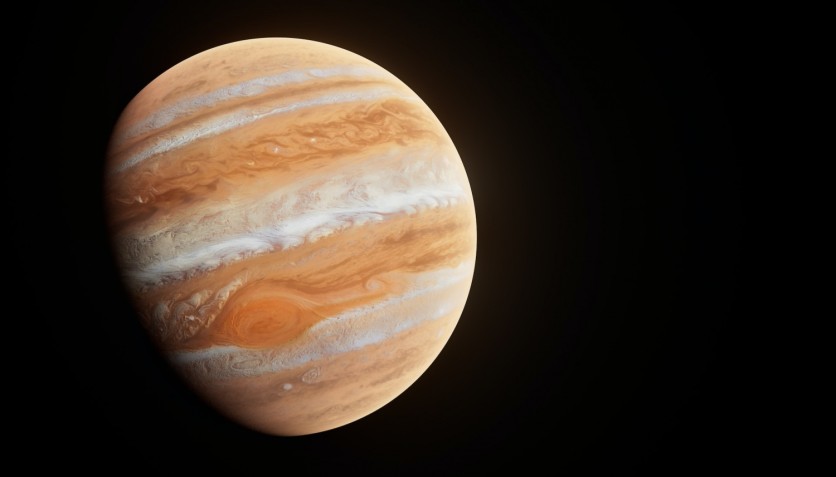The intricate journey of planet formation has long been shrouded in mystery, with many aspects eluding scientific comprehension.
While planetary embryos face hurdles that sometimes relegate them to the status of asteroids or bare planetary cores, one riddle has finally found its solution—the origin of planetary water.
Breaking the Ice: Unraveling Planetary Water Mysteries

For years, theories of planetary formation suggested that planets acquired water from ice-covered rock fragments originating in the outer fringes of protoplanetary disks.
These icy pebbles, forming in the cold peripheries where the star's light lacks the intensity to melt the ice, were thought to transport water as they migrated inward due to friction within the disk.
Crossing the snow line, where the temperature allows ice sublimation, was believed to release copious amounts of water vapor onto the planets. However, these were mere hypotheses until now, per Ars Technica.
Related Article : NASA's Hubble Space Telescope Captures an 'Evil Eye' in Space
Pioneering Insights From NASA's James Webb Telescope
The groundbreaking evidence validating these theories has emerged through the lens of NASA's James Webb Telescope. Focused on four young protoplanetary disks, the telescope's Medium-Resolution Spectrometer (MRS) within the Mid-Infrared Instrument (MIRI) proved pivotal in capturing data, particularly sensitive to water vapor.
Furthermore, two of these disks exhibited substantial amounts of cold water vapor beyond the snow line, affirming that sublimating ice from frozen pebbles indeed serves as a water source for planets.
Telescopic Gaze on Protoplanetary Disks
Webb's scrutiny targeted protoplanetary disks forming around Sun-like stars, aged between 2 to 3 million years. Among them, two disks featured a compact structure, while the other two, larger in size, displayed interruptions with multiple gaps.
The research objective was twofold: to discern if water influx to the inner disk occurred through ice sublimation on pebbles migrating inward from the disk's edges and to ascertain the efficiency of this process in compact versus larger disks.
Prior studies utilizing NASA's Spitzer Space Telescope and ALMA hinted at pebble drift and ice vaporization, but low resolution obscured the data. Webb's higher resolution separated spectral lines, providing distinct warm and cool water spectra.
The researchers sought evidence of cool water, signifying sublimated ice, and warm water, indicating prior drift and sublimation heated by the emerging planetary system's star.
Compact vs. Larger Disks
In larger disks, frozen pebbles encountered hurdles, often getting trapped in gaps due to interactions with other materials or facing pressure traps.
While some cool water vapor was detected, the substantial vapor at the snow line remained elusive. Compact disks, however, unveiled a breakthrough.
The data revealed an excess of cold water vapor emissions just beyond the snow line, confirming the journey of water vapor to the inner disk.
Pebbles to Planets: A Natural Progression
Despite obstacles, the frozen pebbles eventually accrete, laying the groundwork for potential planetary formation. The hypothetical planet, once devoid of water, receives its supply through water vapor. In the distant future, such a celestial body could evolve into an Earth-like entity, adding another layer of intrigue to the cosmic narrative.
The revelations from Webb's observations not only demystify the water delivery system but also open avenues for understanding the intricate dance of elements in the cosmos.
As scientists delve deeper, the celestial symphony continues to play, offering glimpses into the vast possibilities of planetary evolution.
The study titled "JWST Reveals Excess Cool Water near the Snow Line in Compact Disks, Consistent with Pebble Drift" was published in The Astrophysical Journal Letters.
Read also: Rain to Clean Air: Indian Scientists Plan Cloud Seeding to Target Toxic Smog in New Delhi

ⓒ 2025 TECHTIMES.com All rights reserved. Do not reproduce without permission.




